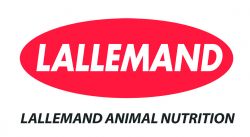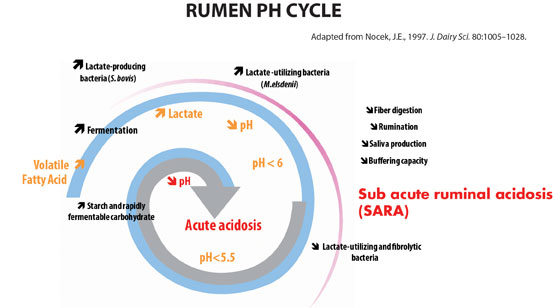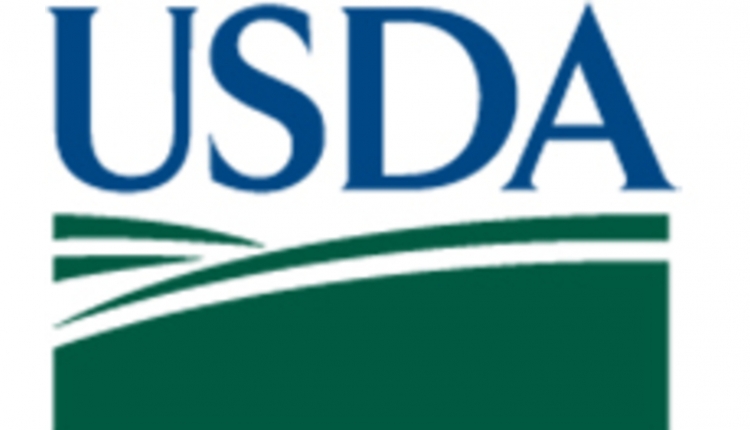
An efficient rumen is the foundation for healthy, productive cattle. Among the four compartments of the bovine stomach, the rumen is the largest and is inhabited by an abundant and diverse microbial community that digests and ferments 70 to 80 percent of the animal’s feed. Without these microbes, cattle would not be able to digest fibrous feeds — especially forages.
There is a complex mixture of microorganisms inside the rumen doing the work of digestion, including bacteria, protozoa and fungi. These microbes are highly sensitive to changes in pH and even a slight change in the pH balance can lead to serious consequences for herd health and performance.
Who’s who in the rumen
Bacteria represent half the total microbes in the rumen. In just one milliliter of rumen content, there can be up to a thousand-billion bacterial cells. The two main types of bacteria in the rumen are either lactate producers or lactate utilizers. As rumen pH falls, lactate-producers begin to outnumber lactate-utilizers, leading to an accumulation of this metabolite in the rumen.1 Even low amounts of lactic acid can play a major role in the onset of clinical acidosis and Sub Acute Ruminal Acidosis (SARA).

Protozoa in the rumen help regulate pH decline by competing with lactate-producing bacteria for starch granules. In addition, some protozoa species can take up lactic acid produced by bacteria.2
Feeding for balance
Feeding cattle high amounts of readily fermentable carbohydrates, or switching from high-forage to concentrate-based diets, can overload rumen microorganisms and lower rumen pH. This triggers a change in these microbial communities that can prompt SARA or even lead to clinical acidosis.3 When the rumen pH is below 5.5, protozoa populations decrease and negatively affect fungi in the rumen.4
Taken together, changes in microbiota can lead to a reduction in fiber degradation and rumen function, which can lead to impaired animal health and productivity. Helping stabilize the rumen environment can lead to more consistent and efficient production benefits. Probiotics are one way producers can achieve these results.
Research on one strain of active dry yeast (ADY), Saccharomyces cerevisiae CNCM I-1077, has shown that dairy cows supplemented with the probiotic significantly improve their ruminal pH pattern (minimum, maximum and average) and spend more time above the SARA threshold.5,6
In fact, S. cerevisiae CNCM I-1077 received a functionality claim from the U.S. Food and Drug Administration (FDA), which states that supplementation with yeast can “aid in maintaining cellulolytic bacteria population in the rumen of animals fed greater than 50% concentrate.”7 Saccharomyces cerevisiae CNCM I-1077 is commercially available in Levucell® SC products in the United States, Mexico as well as other countries throughout the world.
Important changes to a herd’s productivity can result from microscopic populations within the rumen. Understanding the causes of imbalances, and how to correct them, can help operations be more productive.
Lallemand Animal Nutrition is committed to optimizing animal performance and well-being with specific natural microbial product and service solutions. Using sound science, proven results and knowledge, Lallemand Animal Nutrition develops, produces and markets high value yeast and bacteria products ─ including probiotics, silage inoculants and yeast derivatives. Lallemand offers a higher level of expertise, leadership and industry commitment with long-term and profitable solutions to move our partners Forward. Lallemand Animal Nutrition is Specific for your success. For more information, please visit www.lallemandanimalnutrition.com.
1 Russell JB, Hino T. Regulation of lactate production in Streptococcus bovis: a spiraling effect that contributes to rumen acidosis. Journal of Dairy Science 1985;68 1712-1721.
2 Brossard L, Chaucheyras-Durand F, Michalet-Doreau B, Martin C. Dose effect of live yeasts on rumen microbial communities and fermentations during butyric latent acidosis in sheep: new type of interaction. Animal Science 2006;82 1-8.
3 Nocek JE, Kautz WP, Leedle JA, Allman JG. Ruminal supplementation of direct-fed microbials on diurnal pH variation and in situ digestion in dairy cattle. Journal of Dairy Science 2002;85(2) 429-433.
4 Goad DW, Goad CL, Nagaraja TG. Ruminal microbial and fermentative changes associated with experimentally induced subacute acidosis in steers. Journal of Animal Science 1998;76 234-241.
5 Thrune, et al. J. Anim. Sci. 2007; Vol. 85, Suppl. 1/J.Dairy Sci. Vol. 90, Suppl.
6 Bach, et al. Daily rumen pH pattern of loose-housed dairy cattle as affected by feeding pattern and live yeast supplementation. Animal Feed Science and Technology. 2007;136:146-153.
7 The Center for Veterinary Medicine of the FDA has agreed to allow an important functionality claim for live yeast in applied ruminant feeding based on a research dossier submitted by Lallemand Animal Nutrition.


